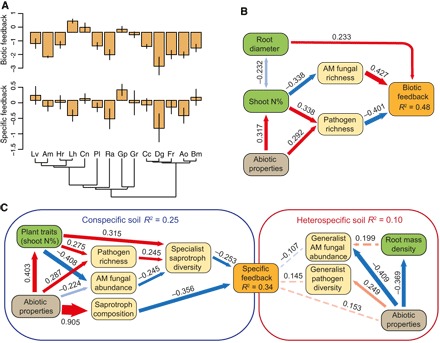Fig. 3. Effects of plant species identity, plant traits, and soil properties on plant-soil feedbacks.

(A) Variation in biotic and specific feedbacks (means ± SE) among studied plant species. Negative values indicate greater plant growth in sterilized soil (top) or soil conditioned by heterospecifics (bottom). See Fig. 1 for species abbreviations, fig. S4 for raw data, and Materials and methods for details on feedback calculation. (B) Path analysis of variables influencing biotic feedbacks. (C) Path analysis of variables influencing specific feedbacks. Red arrows indicate positive relationship, and blue arrows indicate negative relationship. Solid colors indicate significant relationships (P < 0.05), and semitransparent arrows indicate marginally nonsignificant relationships (P < 0.1). For heterospecific soil properties, nonsignificant relationships (0.1 < P < 0.4) are shown with dashed lines. Standardized path coefficients are shown. All tests are based on n = 55. Abiotic properties and plant traits refer to the first principal components of soil physicochemical properties (more positive values represent soil with higher fertility) and of plant trait data (more positive values represent more resource-acquisitive traits), respectively; saprotroph composition refers to the first principal coordinate of saprotrophic fungal composition.
